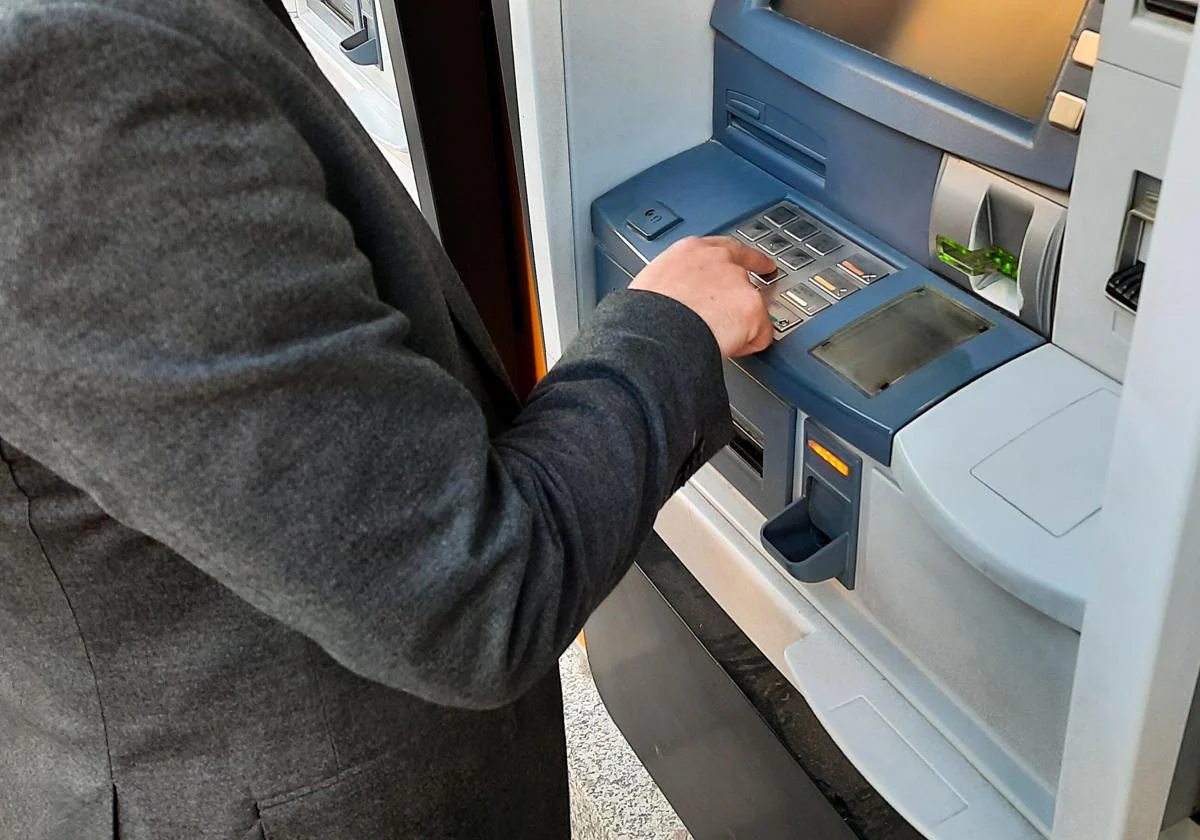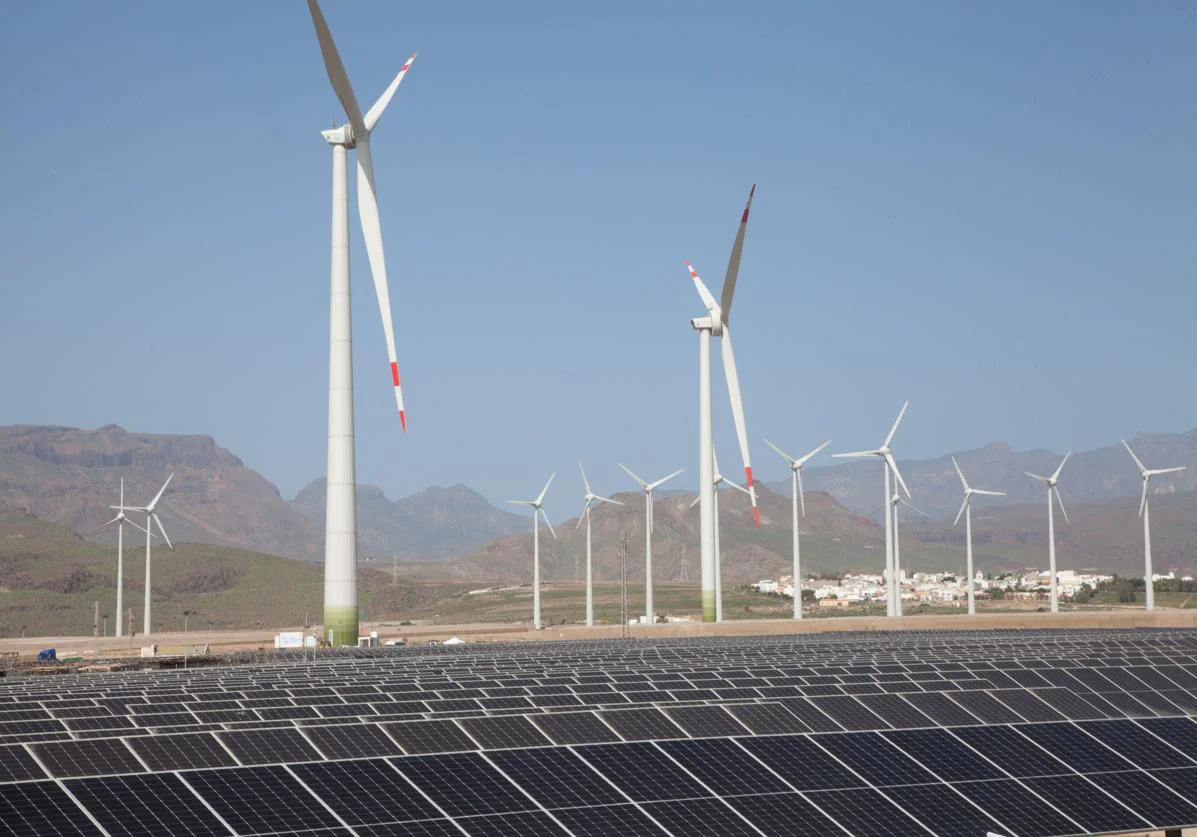The Bank of Spain warns of a slight increase in credits at risk of non-payment

Spanish banks have managed to weather the last few years of turbulence – first with the pandemic and then with the outbreak of the war in Ukraine – with a very contained delinquency. So much so that the ratio continues to fall month by month and now stands at 3.51%, its lowest level since December 2008. Although doubtful loans remain at bay, the Bank of Spain has begun to detect a "slight rebound” in the so-called credits under special surveillance, which in the financial sector are called “stage 2”. In other words, those that have not yet defaulted, but are beginning to give the first alarm signals.
During a public intervention last week, the general director of Financial Stability, Regulation and Resolution of the organization, Ángel Estrada, already indicated that the ratio of these loans stood at the end of the first quarter at 7.2%, from 7, 1% registered at the end of 2022.
And everything points to the fact that the business segment, especially that of SMEs, is the one that financial institutions are watching more closely, since mortgage loans do not seem to present, at least for the moment, excessive default problems, despite the increase in the cost of the quotas with the increase in the Euribor and the impact of inflation on family budgets.
This rebound detected by the Bank of Spain would thus break the decline that this type of risky loans had been showing in 2022, when they fell by 12.2%, according to the supervisor's statistics. Specifically, the weight of credit under special surveillance fell between December 2021 and December 2022 by 0.9 percentage points, to the aforementioned 7.1%. At that time, however, they were still 24.5% higher than those registered before the pandemic.
Hardening
Given this scenario, it is foreseeable that the sector will continue to tighten financing conditions, to avoid risks. Precisely, the Bank of Spain has also indicated that credit had fallen by 1.3% in the interannual rate in March 2023, 0.6 percentage points more than in the fourth quarter of 2022. This decrease was somewhat more pronounced for households than for companies, and this despite the notable reduction in credit activity to SMEs.
However, new credit continued to grow, with an increase of 14.8% in the first quarter, although its progress moderated in recent quarters. In addition, the Bank of Spain points out that new operations signed with households fell, a segment that a year ago was "the most buoyant".
Likewise, the loan amortization rate accelerated in almost all segments, something that the banks themselves already conveyed in the presentation of their accounts for the first quarter.
The supervisor has explained that, in the case of mortgages, this higher repayment rate mainly affected loans with variable rates, although it also extended to fixed-rate mortgages. He has also highlighted that this situation is more pronounced among households with higher incomes.
Regarding the repricing of credit portfolios, he estimates that close to 35% of variable mortgages that were 'alive' in December will see their interest rates rise by at least three percentage points during the year, following the upward trend of the Euribor.









